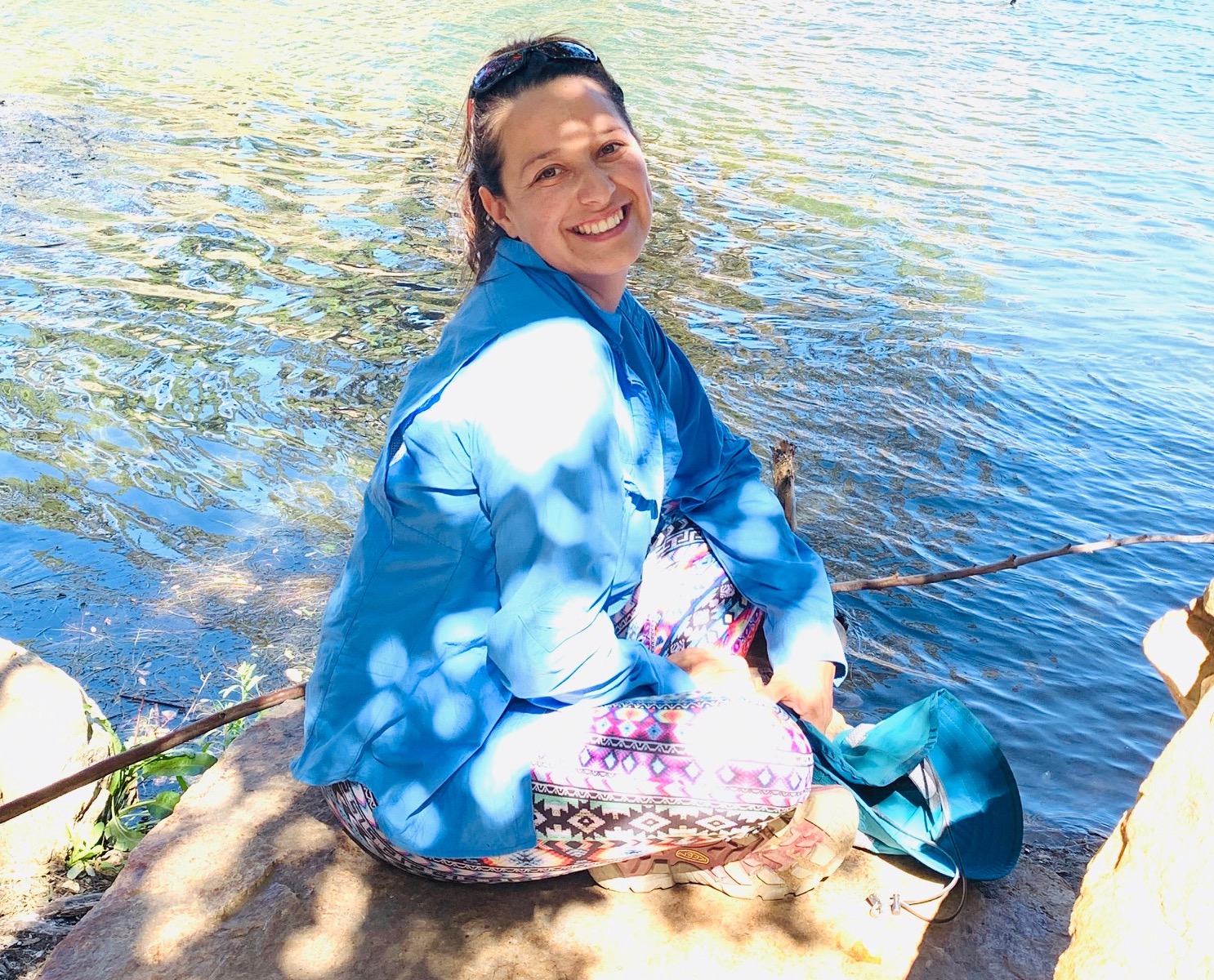Oak Assistance Following Cocos Wildfire
Following the recent Cocos wildfire, The Escondido Creek Conservancy (TECC) has engaged California Environmental Consultants, Dudek, to provide a range of services focused on protecting the beautiful oak woodland that defines the Harmony Grove area in the Escondido Creek Watershed.
- Meeting: A meeting for the community and residents whose oak and other native trees were affected by the wildfire has been scheduled for Tuesday, July 29th from 6 to 7 p.m. at the Elfin Forest Interpretive Center, 8833 Harmony Grove Road. Please RSVP to [email protected].
- Article: Dudek is preparing a post-fire information article that will provide an overview of California’s native oak trees found in the area, their protections against fire, and how to determine if additional assessment is advised or if supplemental tree care would be appropriate.
- Presentation: Dudek is preparing a powerpoint presentation for the TECC fall lecture series that will focus on oak trees, impacts of fire, and their recovery post -fire.
- On-site Assessments: As TECC’s budget allows, Dudek will be available for verbal on-site native tree assessments to people who attend the meeting on July 29th. If your trees were affected by the fire and you have a conflict on July 29th, please contact [email protected].Dudek has provided the following interim advice: For the time being, if there are specific oak trees that are important in a particular landscape, there’s nothing wrong with providing some supplemental irrigation…just keep the base of the tree to about 48 inches from the trunk dry. Focus the irrigation at the trees’ drip lines. To determine if particular branches are alive or dead, you can scrape the bark back and look for live, green or white, moist tissue. If you find that, it is still alive and will likely sprout back.
If tan or dark, it is likely dead and can be removed. It is good to scrape bark back toward the trunk until you find the transition from dead to live. Then, remove just outside the live part or back to a lateral branch, even if it removes some live branch. Fertilizers or other soil amendments are not advisable yet. If someone is really concerned about pests (borers, mainly) attacking the stressed, damaged oaks, it may be advisable, on a case by case basis, to hire a tree care company with a Pesticide Control Applicator who is licensed to administer systemic insecticides. However, this is costly and timing of applications is very important, so is a bit of a gamble. The best thing is to provide the best growing conditions for the oaks possible and let them recover naturally. More to come…
For further information, or if you have any questions, please contact Ann Hough, TECC Managing Director at [email protected] or (760) 471 9354.




